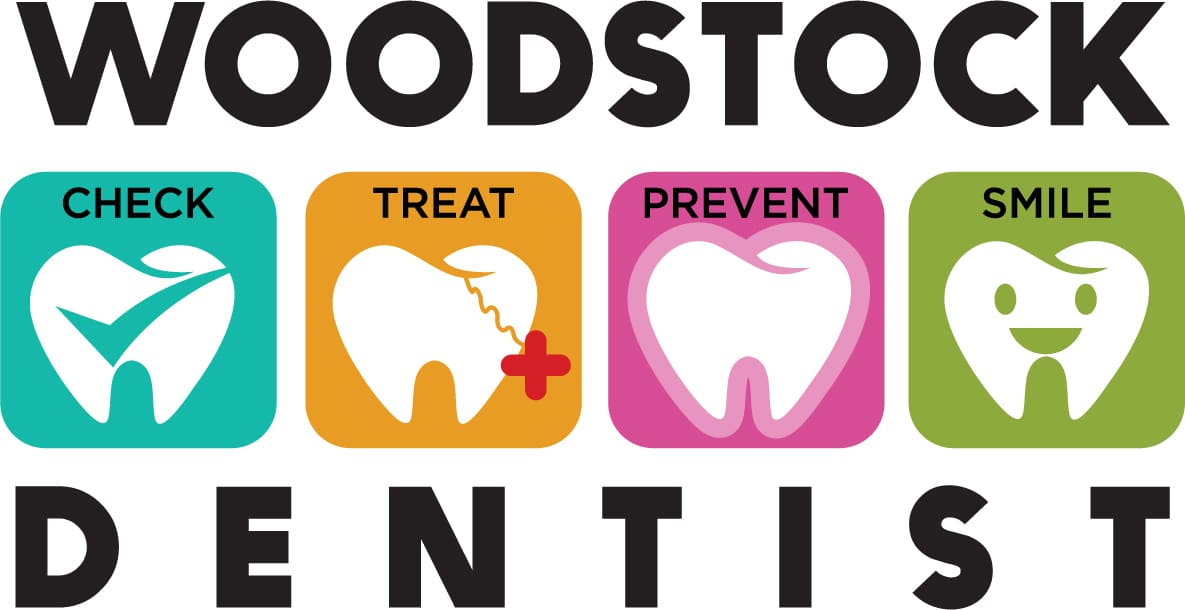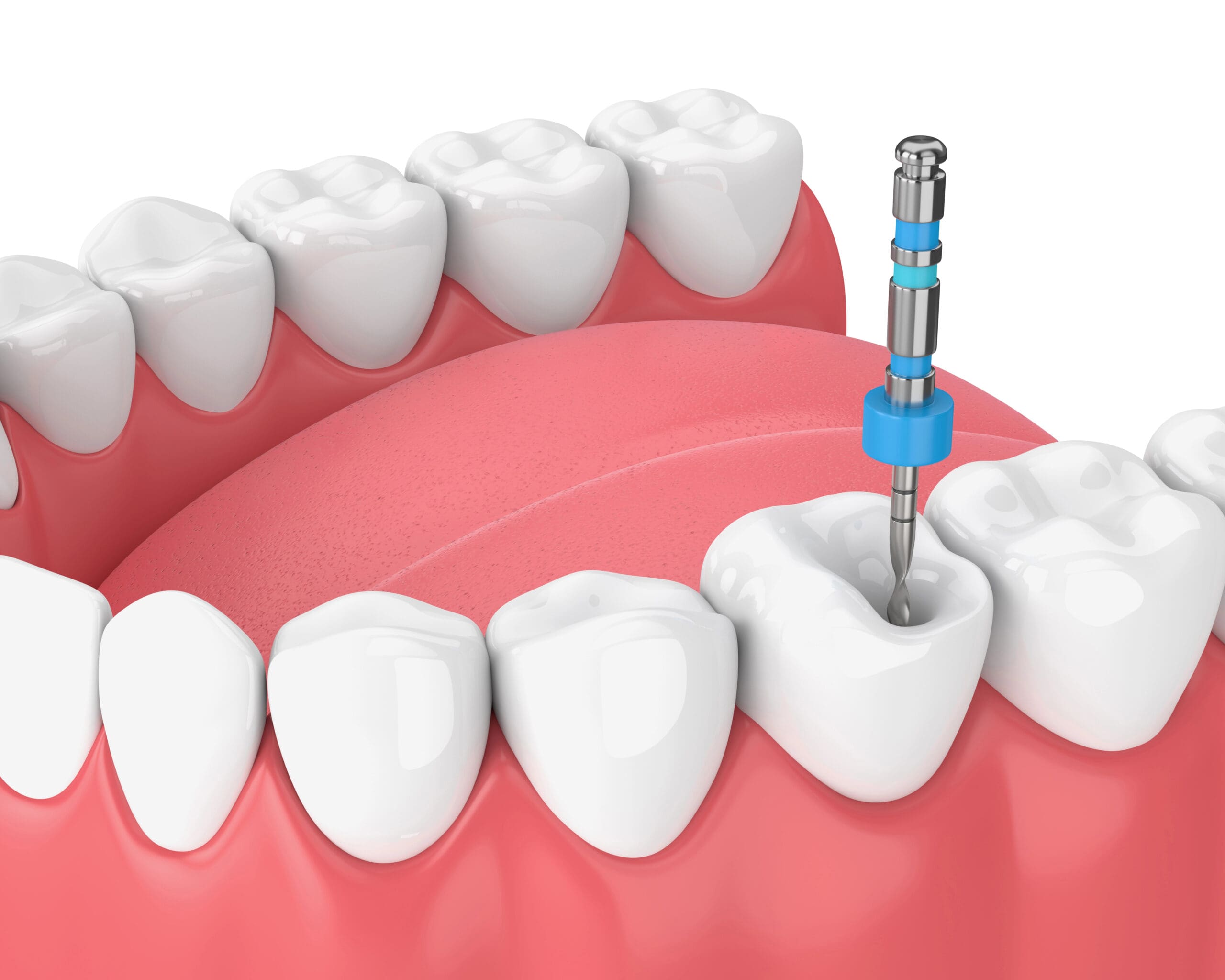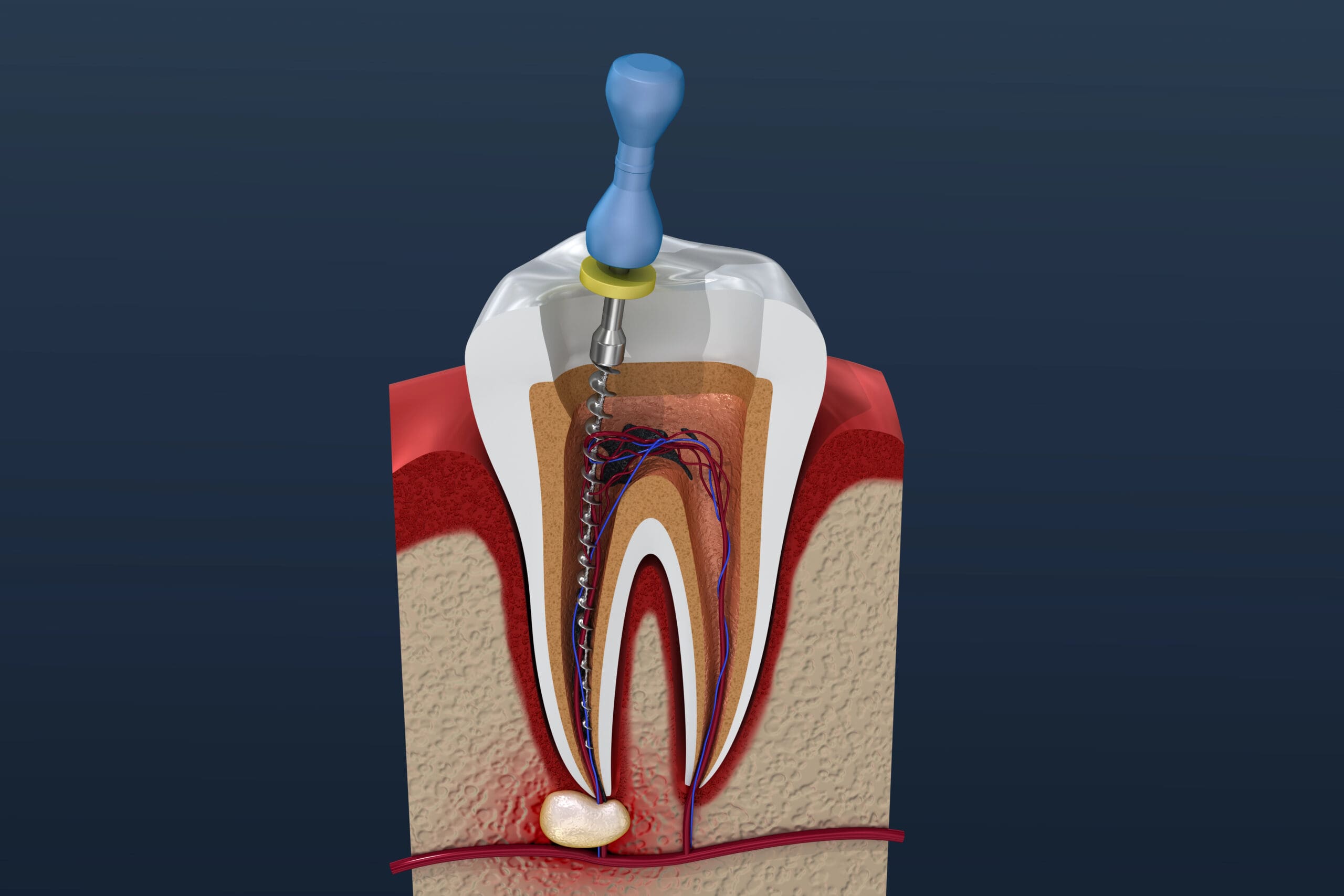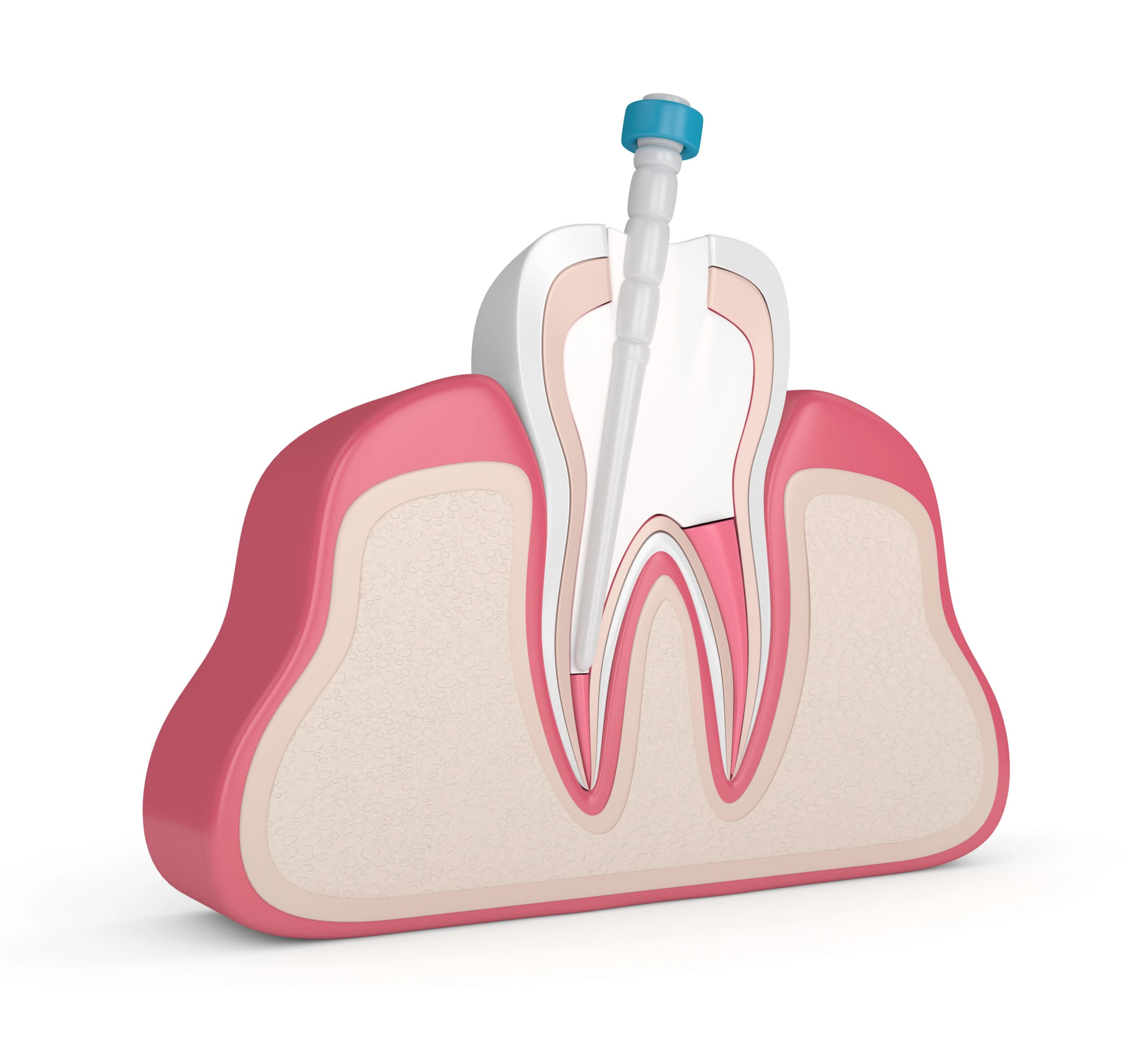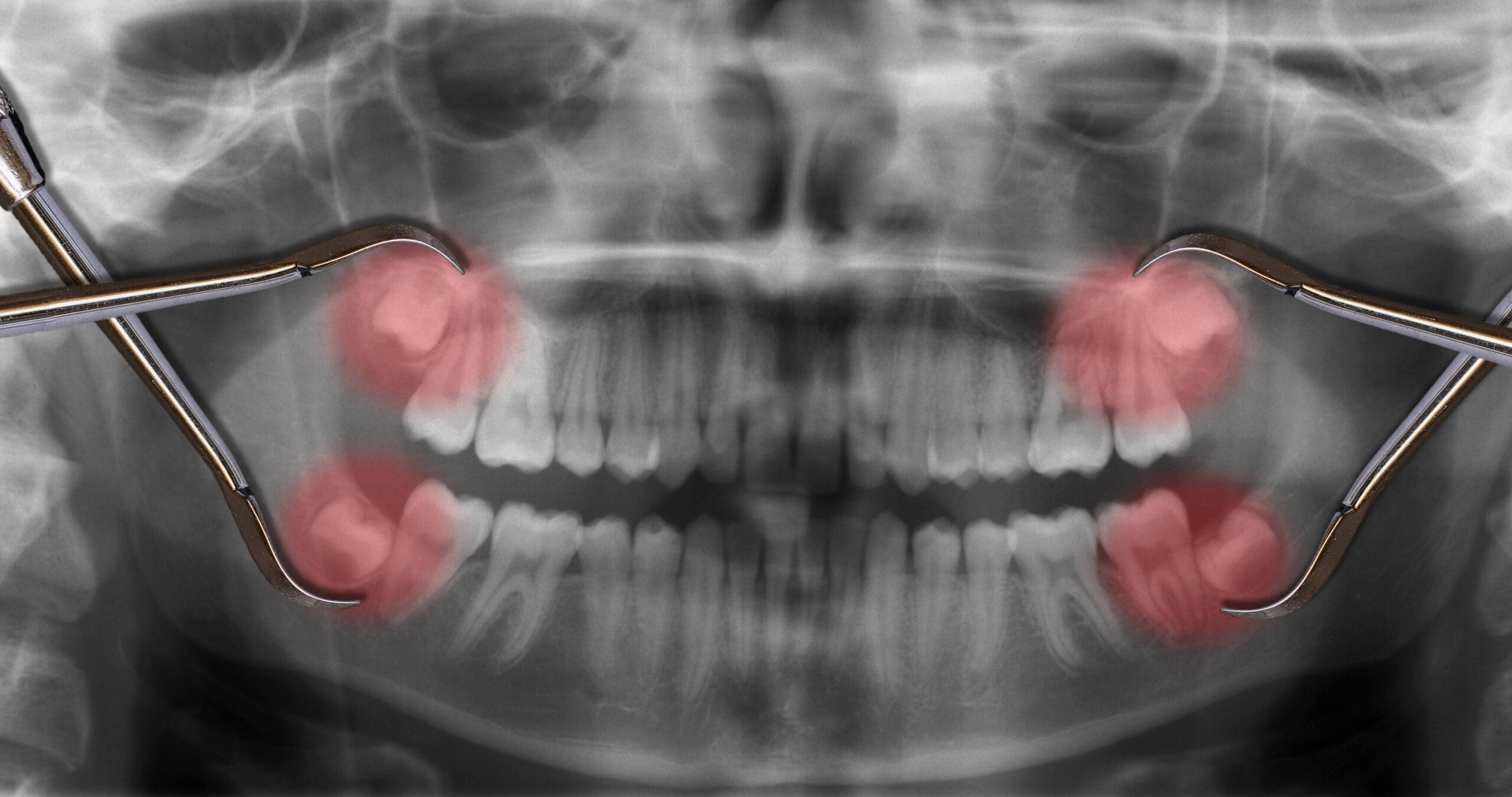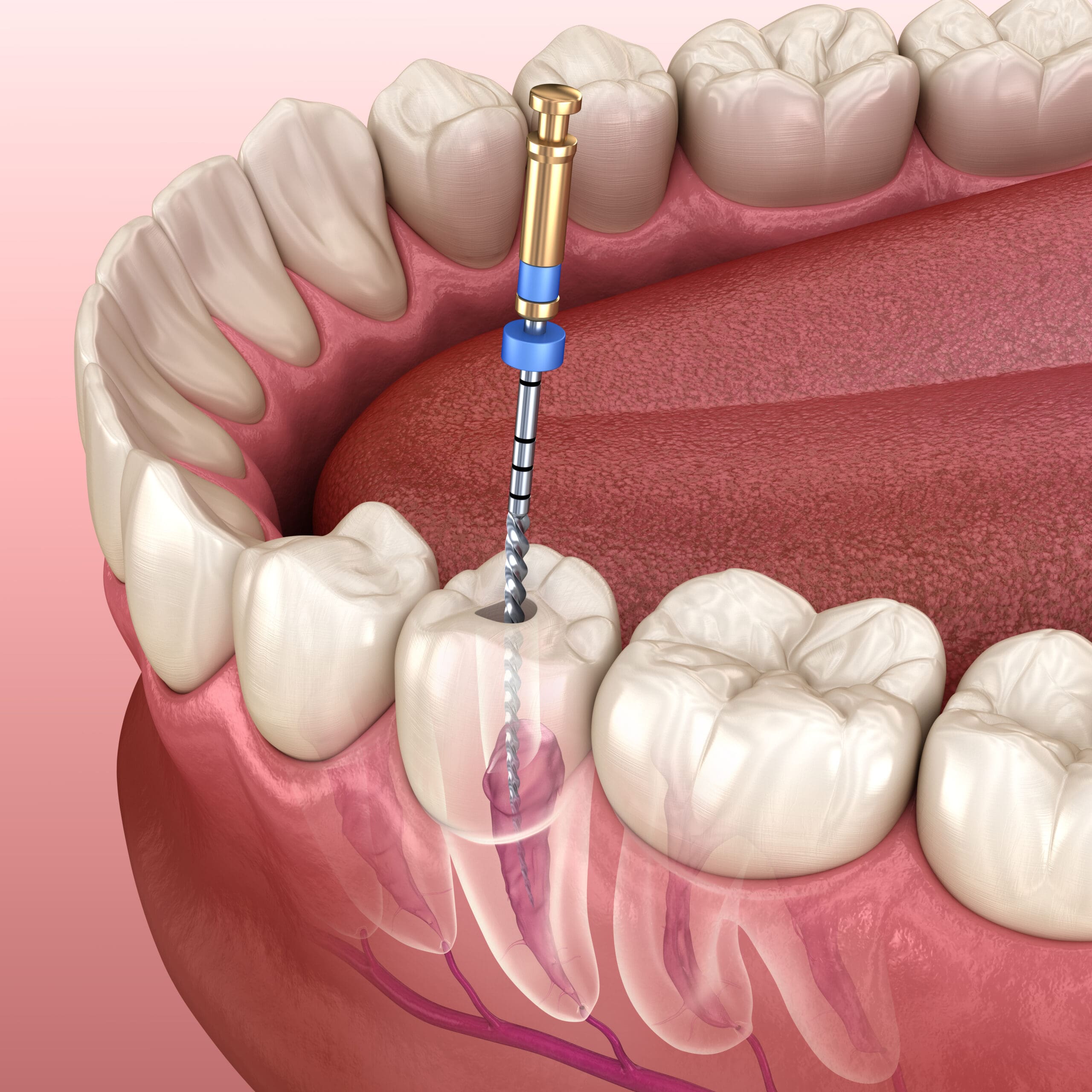Are you searching for periodontal gum disease treatment near me to ensure your oral health is in expert hands? Finding professional care close to home can provide the convenience and expertise needed to address gum disease effectively.
Periodontal gum disease treatment near me
Understanding periodontal disease basics is crucial for maintaining oral health. Periodontal disease, commonly known as gum disease, is an infection of the tissues that hold your teeth in place. It is often caused by poor oral hygiene, which allows plaque—a sticky film of bacteria—to build up on the teeth and harden. In its early stage, called gingivitis, the gums can become swollen and bleed easily. Without proper care, it can advance to periodontitis, leading to severe damage to the gums and bone that support the teeth.
For those seeking periodontal gum disease treatment near me, it’s important to recognize the symptoms early. These can include persistent bad breath, red or swollen gums, tender or bleeding gums, painful chewing, and loose teeth. Addressing these symptoms promptly with professional care can prevent further complications. For more information on accessible options, visit our page on Affordable Periodontal Gum Disease Care: Protect Your Gums Without Breaking the Bank.
Periodontal Gum Disease Treatment Near Me
Early detection of periodontal gum disease is crucial in maintaining optimal oral health. Identifying the signs and symptoms at an early stage can prevent the progression of the disease, which can lead to more severe dental issues. Regular dental check-ups play a vital role in catching gum disease before it advances, ensuring that any necessary interventions can be implemented promptly. This proactive approach helps in preserving the integrity of your teeth and gums, ultimately contributing to overall well-being.
For those seeking periodontal gum disease treatment near me, understanding the importance of early detection cannot be overstated. By addressing gum disease in its initial stages, individuals can avoid more invasive procedures and maintain a healthier smile. If you’re looking for professional care, consider visiting our page on Periodontal Gum Disease Woodstock to learn more about how early detection and treatment can benefit you.
Local Experts in Gum Health
Finding local experts in gum health ensures that you receive personalized care tailored to your specific needs. These professionals are well-versed in the latest advancements in periodontal treatments and are committed to maintaining the highest standards of oral health care. With a deep understanding of the unique challenges faced by patients in your area, they provide comprehensive evaluations and treatments designed to address various stages of gum disease. By choosing local experts, you benefit from their familiarity with the community and their dedication to improving the overall dental health of their patients.
Signs You Shouldn’t Ignore
Periodontal gum disease can often go unnoticed until it reaches an advanced stage, making it crucial to be aware of the signs you shouldn’t ignore. Common symptoms include persistent bad breath, swollen or bleeding gums, and loose teeth. If you experience any of these symptoms, it’s important to consider seeking periodontal gum disease treatment near me to address the issue before it worsens. For those in the area, a visit to a Woodstock Dentist can provide the professional care needed to maintain your oral health.
Personalized Care for Your Gums
When searching for “periodontal gum disease treatment near me,” it’s essential to find a provider who understands the unique needs of your oral health. Personalized care for your gums ensures that your treatment plan is tailored specifically to your condition, taking into account factors such as the severity of the disease and your overall health. This approach not only addresses the immediate concerns but also supports long-term gum health, providing peace of mind that you’re receiving care designed just for you.
Benefits of Professional Treatment
Seeking periodontal gum disease treatment near me offers numerous advantages, ensuring that you receive expert care tailored to your specific needs. Professional treatment provides access to experienced dental practitioners who can accurately diagnose and manage gum disease, helping to prevent further complications. With state-of-the-art equipment and advanced techniques, these professionals can effectively address the underlying causes of gum disease, promoting better oral health outcomes. Additionally, receiving treatment close to home means more convenient appointments and follow-ups, making it easier to maintain a consistent care routine.
Maintaining Oral Health Locally
Finding periodontal gum disease treatment near me is essential for maintaining oral health locally. Access to professional care close to home ensures that individuals can address their dental health needs promptly and effectively. By seeking treatment in your local area, you can benefit from the expertise of nearby dental professionals who understand the specific needs of your community. This proximity not only facilitates regular check-ups but also fosters a sense of comfort and trust in the care you receive, contributing to better overall oral health management.
Community Support for Gum Health
Finding community support can be a valuable asset when dealing with periodontal issues. Many local groups and organizations focus on promoting oral health awareness, providing a sense of camaraderie and shared experience for those seeking periodontal gum disease treatment near me. Engaging with these communities can help individuals feel more connected and informed about their gum health journey, fostering a supportive environment that emphasizes the importance of professional care close to home.
Finding Nearby Dental Specialists
When searching for “periodontal gum disease treatment near me,” it’s essential to locate dental specialists who are conveniently situated in your area. These professionals are equipped to address various stages of gum disease, ensuring you receive the necessary care without having to travel far from home. By focusing on local options, you can benefit from timely appointments and personalized attention, making it easier to manage your oral health effectively.
Conclusion
For those seeking periodontal gum disease treatment near me, ensure you receive the best care by calling 678-483-5999 or checking out reviews on Google Maps.
